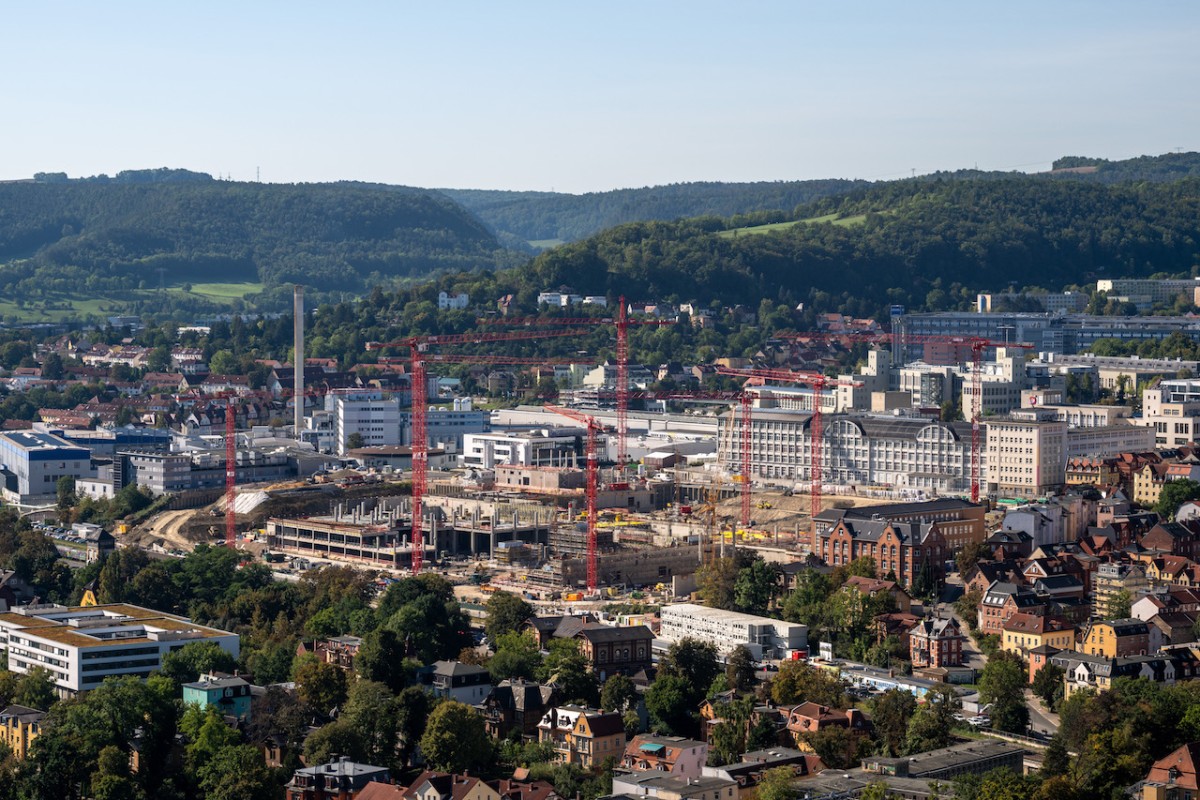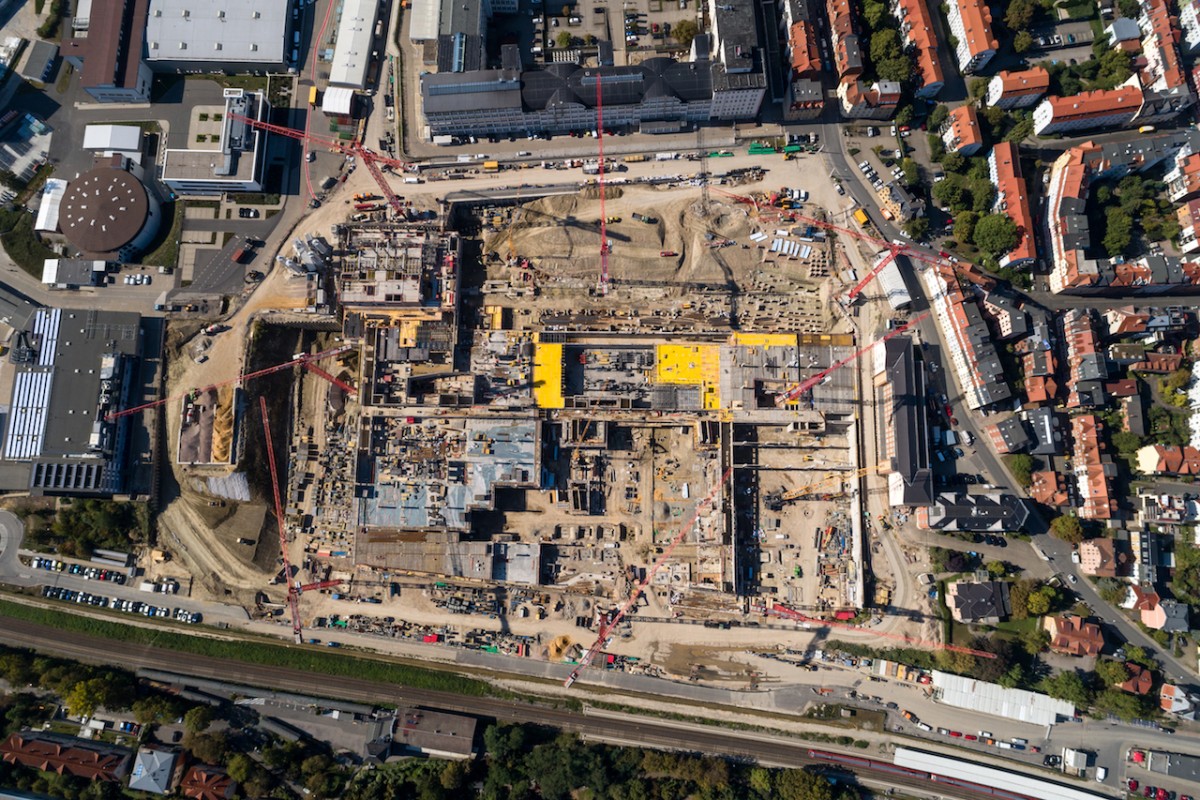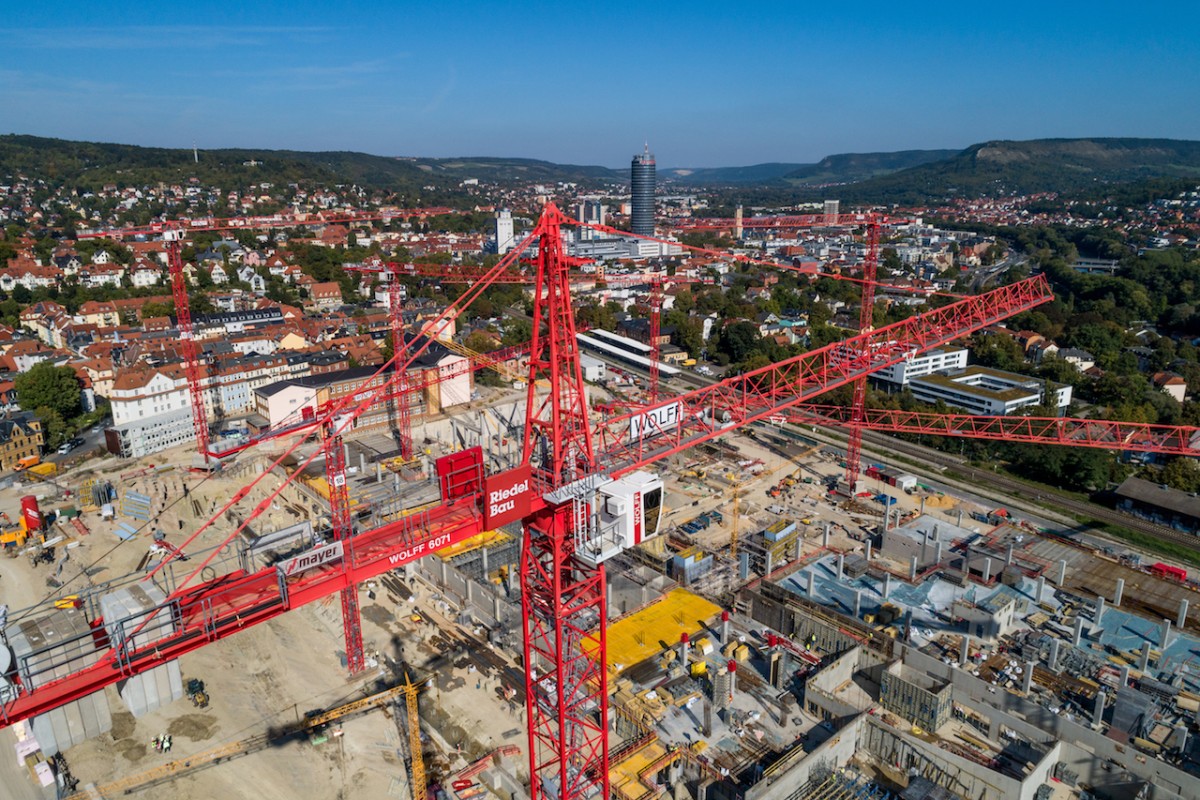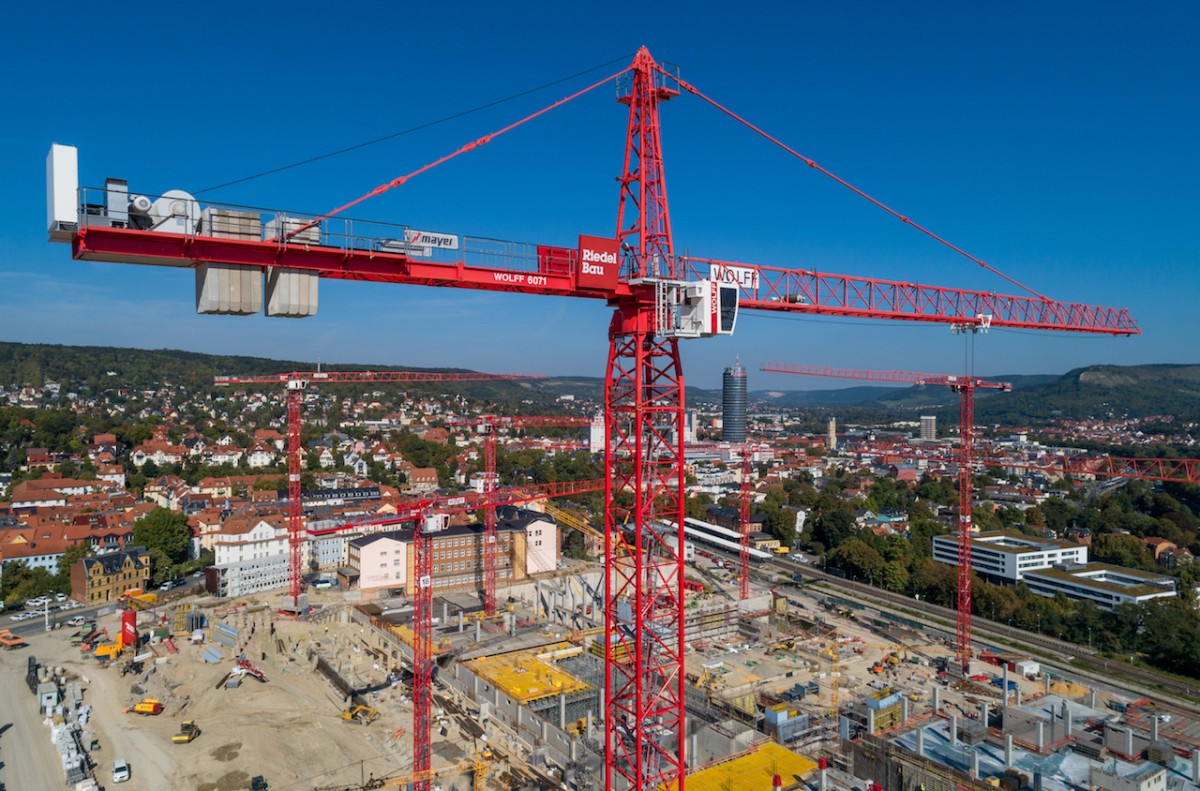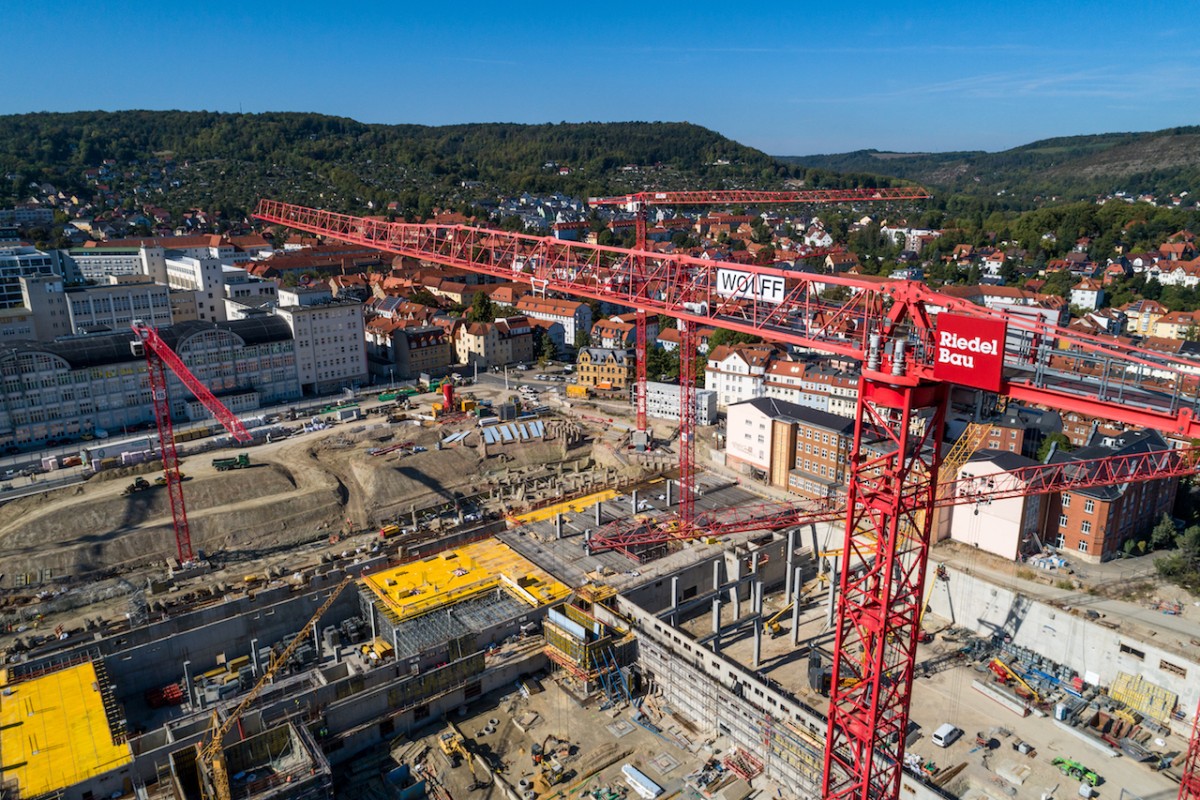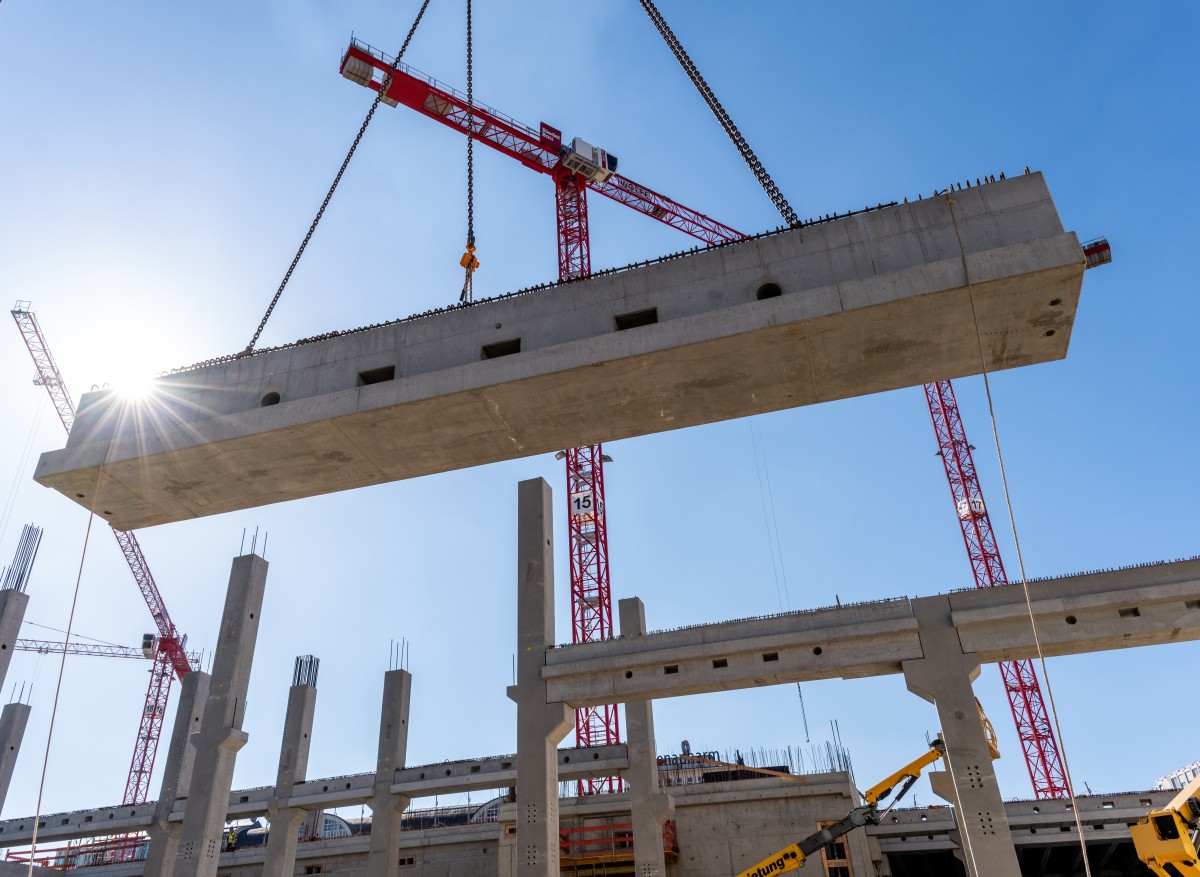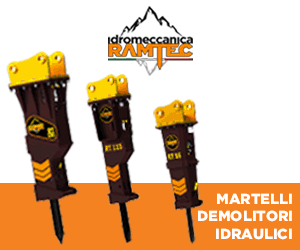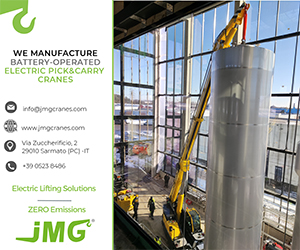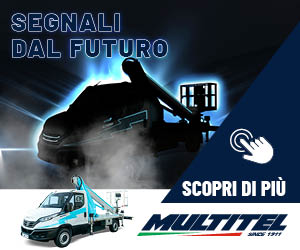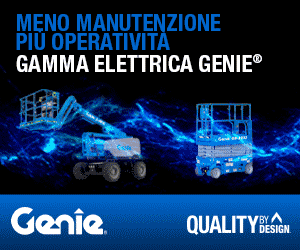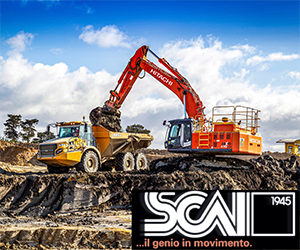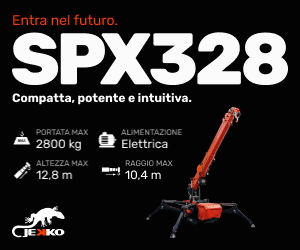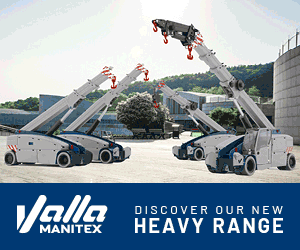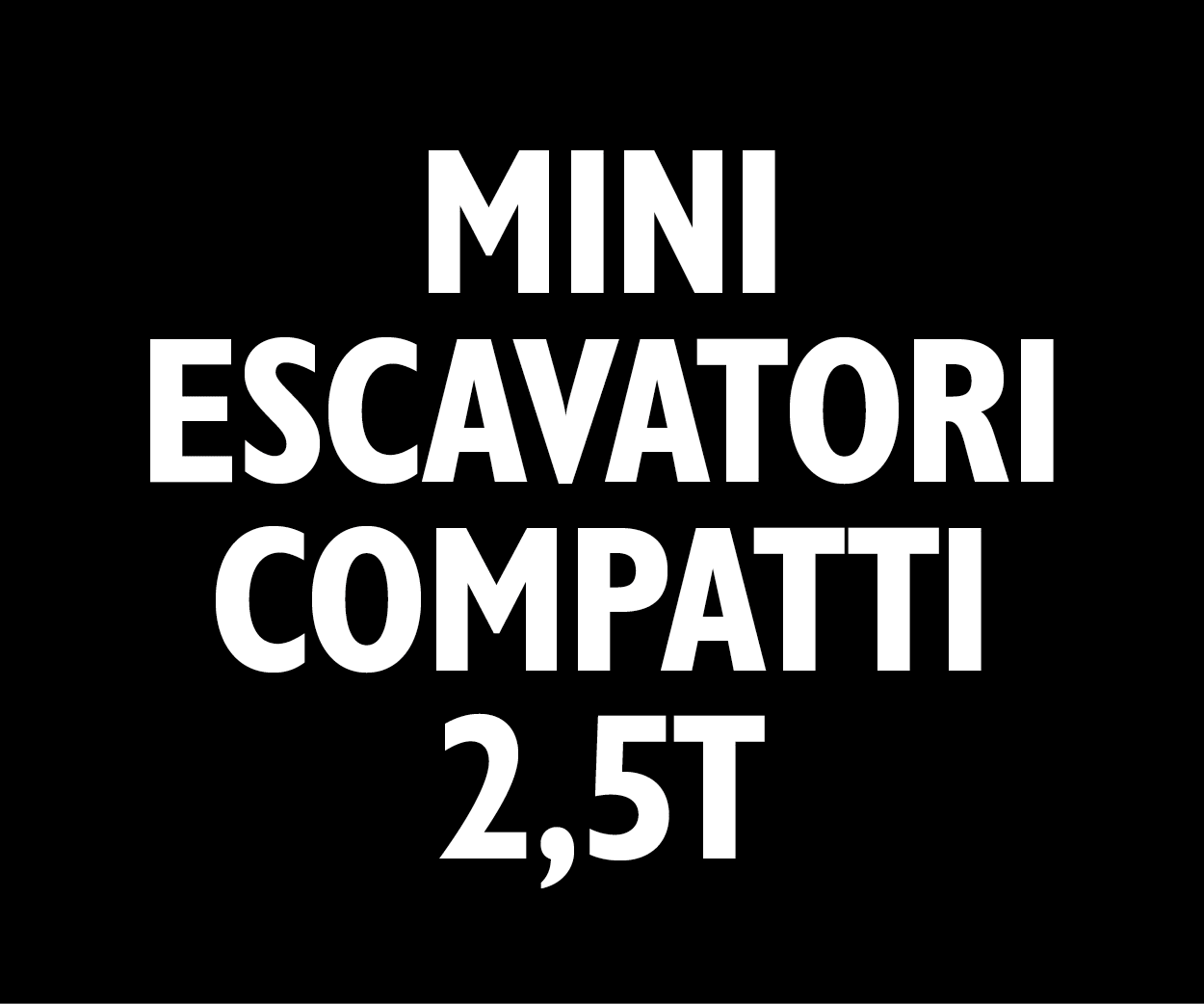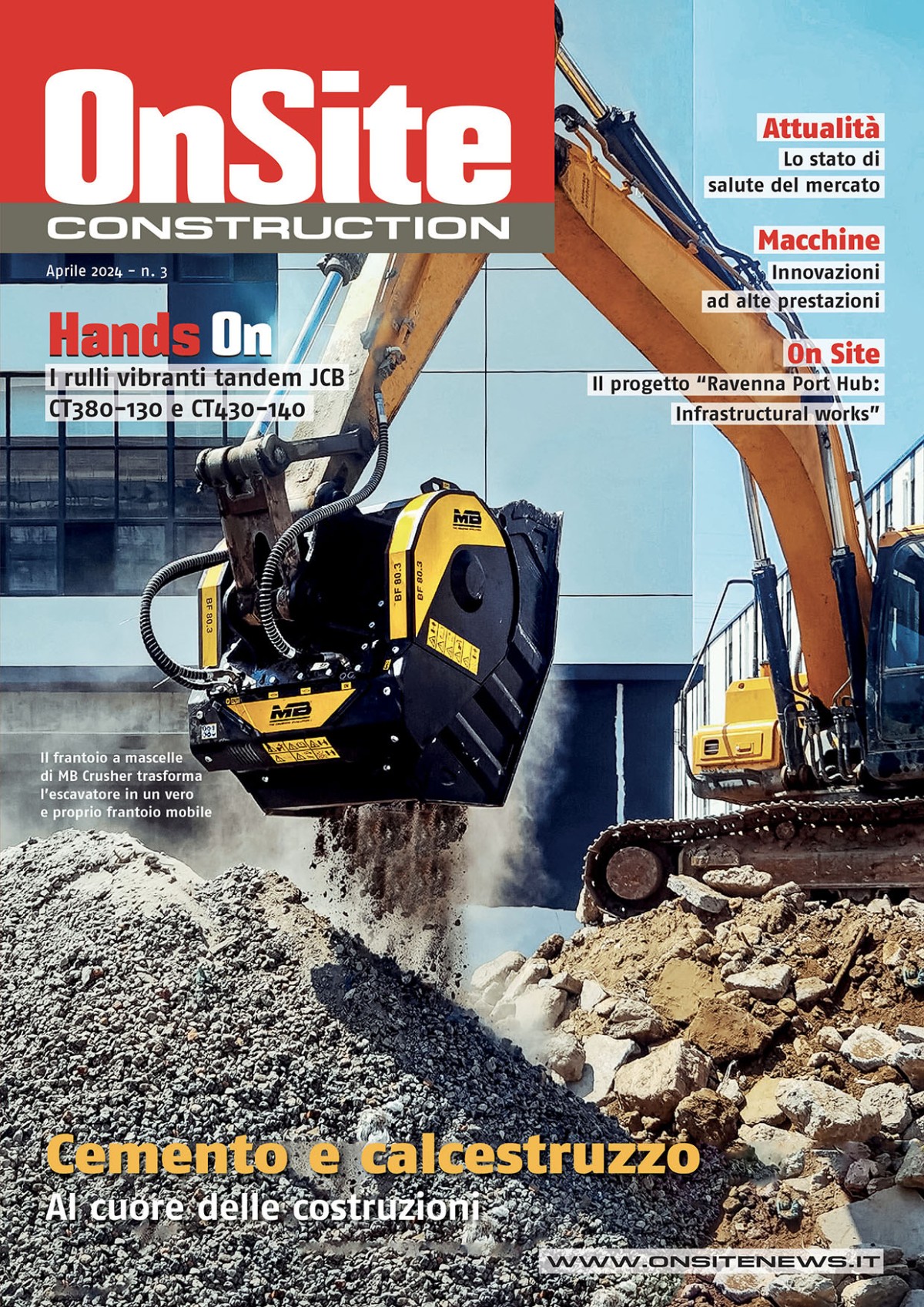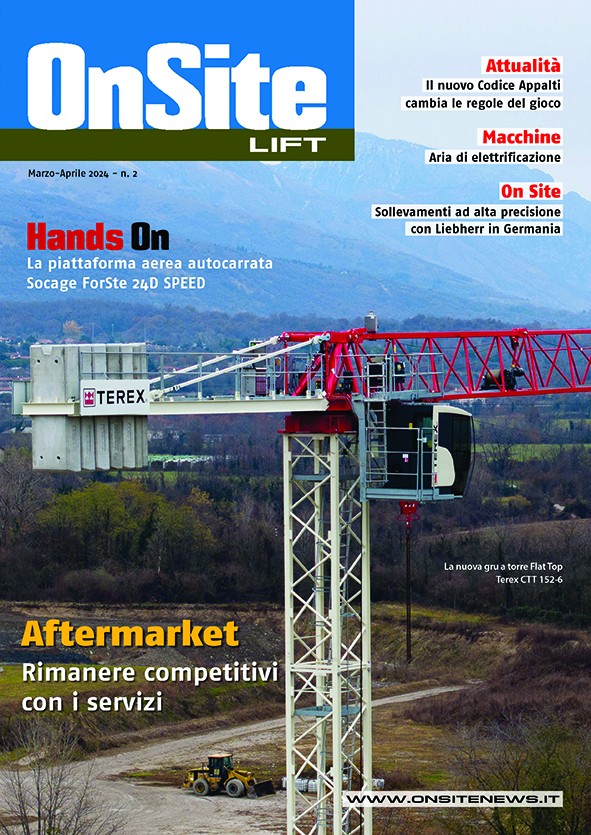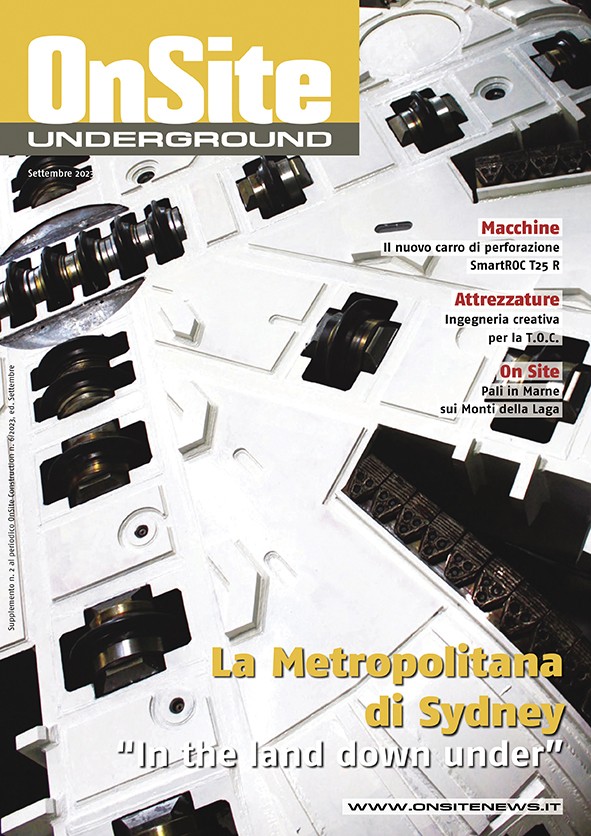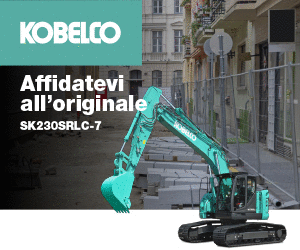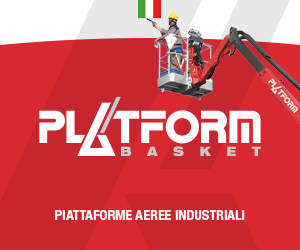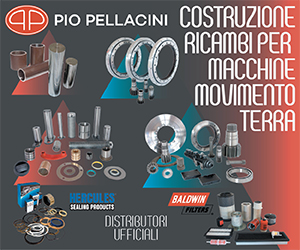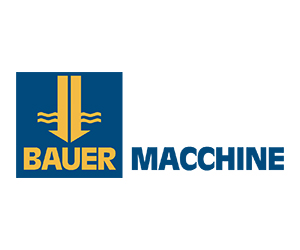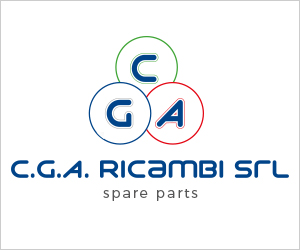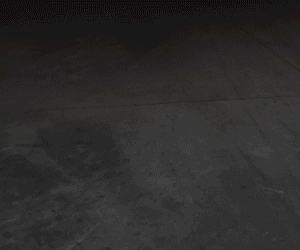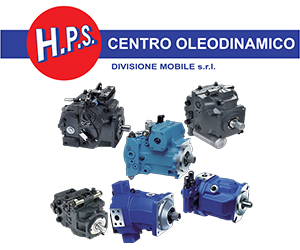Home \ International \ Eight WOLFF cranes help build new Zeiss site in Jena
Eight WOLFF cranes help build new Zeiss site in Jena
18/12/2023
Pubblicato da Redazione
For the construction of this building with a total gross floor area of 118,000 square meters, the Franconian construction company Riedel Bau AG is deploying eight WOLFF cranes.
Seven WOLFF 7534.16 Clear cranes with tip loads of between 2.9 and 7.2 tons as well as a WOLFF 6071.20 Cross with a tip load ca-pacity of 9.6 tons are being used on the 80,000 square meter con-struction site. Riedel Bau purchased two new flat top WOLFF 7534.16 Clear cranes for the mega construction site. All cranes are mounted at ultimate height, as they initially shared the construction site with five other WOLFF cranes from the pre-con-struction contractor, which had to be slewed over and were gradually replaced.
The WOLFF 6071.20 Cross, the only model with a tower top section, has a special role to play in this pack. It will transport several hundred precast concrete parts such as wall elements, columns, beams and floor slabs weighing up to 18 tons during its work. In addition, there are plans for a total of six special lifts with individual weights of up to 22 tons. The WOLFF 6071.20 Cross, which according to the tech-nical data sheet has a maximum load capacity of 20 tons, will com-plete these maneuvers under expert supervision in overload mode.
Yet even before the first load lift was even realized, Daniel Wandelt, a work planner at Riedel Bau AG, had already faced numerous chal-lenges: “One of the biggest challenges in this project is the founding of the cranes,” he explains. “In some cases, we have extended build-ing foundations to form crane foundations. For example, we rein-forced four foundations of a parking lot deck to use them as a base for an 8x8 meter cross frame element,” explains the work planner. For five of the cranes, the crane foundations are located under other foundation components, which is why foundation anchors that re-main in the ground are the only possible solution. “Because one of these integrated foundations must be dismantled again once the structural work has been completed, we also assembled empty con-duits for a concrete saw when installing the foundation,” says Daniel Wandelt. “The assembly of the cranes was a mammoth task in terms of plan-ning and logistics. At one point there were over 25 trucks with crane parts on the construction site, as the first three cranes were assem-bled almost simultaneously,” summarized Daniel Wandelt. “But thanks to the excellent collaboration with Wolffkran and our crane logistics company, everything has gone smoothly and according to the plan so far."
With a construction site of this size and complexity, the locations of the cranes also need to be carefully considered. A WOLFF 7534.16 Clear was placed in the middle of two lift shafts, with the center wall being omitted for the time being in order to have enough space for the 2x2 meter tower. “However, as the tower has a calculated deflection of 50 cm at the planned upper end of the lift shafts and would therefore collide with the shaft walls later on in the construction process, we are planning a tie-in against the lift shaft in conjunction with Riedel Bau,” says Wolfgang Kavelius, sales execu-tive at Wolffkran. “Thanks to the flexible WOLFF tower system, we also started the tower construction with two HT 23 tower sections with a side length of 2.3 meters. The rest of the tower was con-structed with a transition piece and TV 20 tower elements. This al-lows us to limit the deflection at the top end of the lift to 12 cm and at the top edge of the crane tower from the original 90 cm to 40 cm,” says Wolfgang Kavelius.
The eight WOLFF cranes are expected to lift reinforced concrete, masonry, and prefabricated parts into place by the end of 2024. The building shell should then be completed. The building will be con-structed according to the latest energy standards and fully digitized. Once completed, it will house over 2,500 employees working in re-search, development, and production.
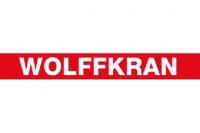
Ultime notizie di Wolffkran Gmbh
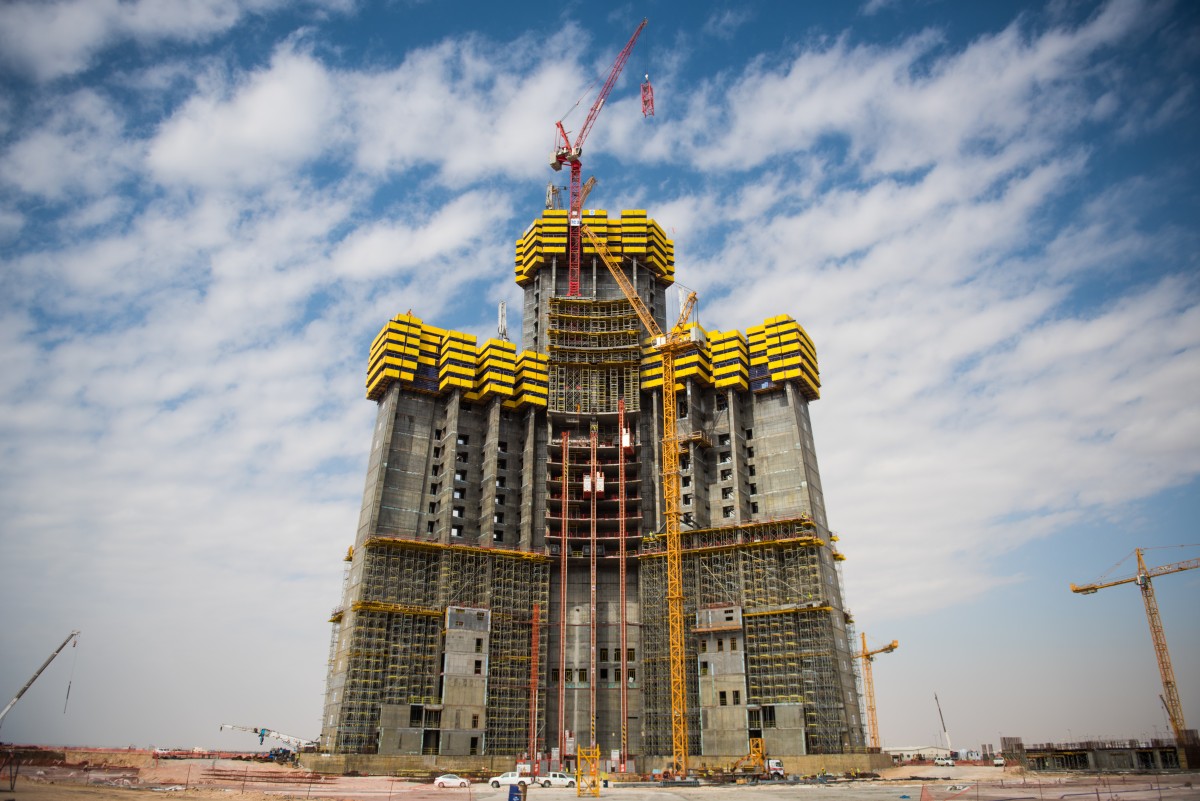
Lifting
28/03/2024
Wolffkran enters into joint-venture in Saudi Arabia
Wolffkran entered into a joint venture with the Zamil Group,...
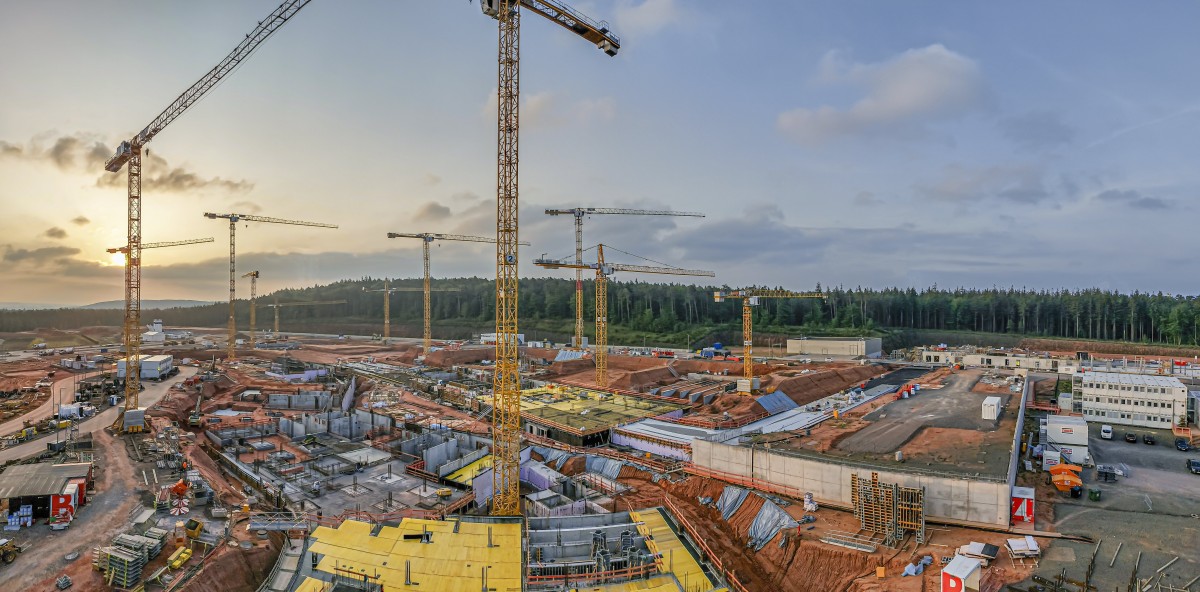
Lifting
21/02/2024
WOLFF cranes construct a new US hospital in Weilerbach
Thirteen WOLFF cranes are working on the mega project on beh...

Lifting
09/02/2024
WOLFF Assist: Revolutionizing service in real time
WOLFF Assist is the digital remote maintenance system – hand...
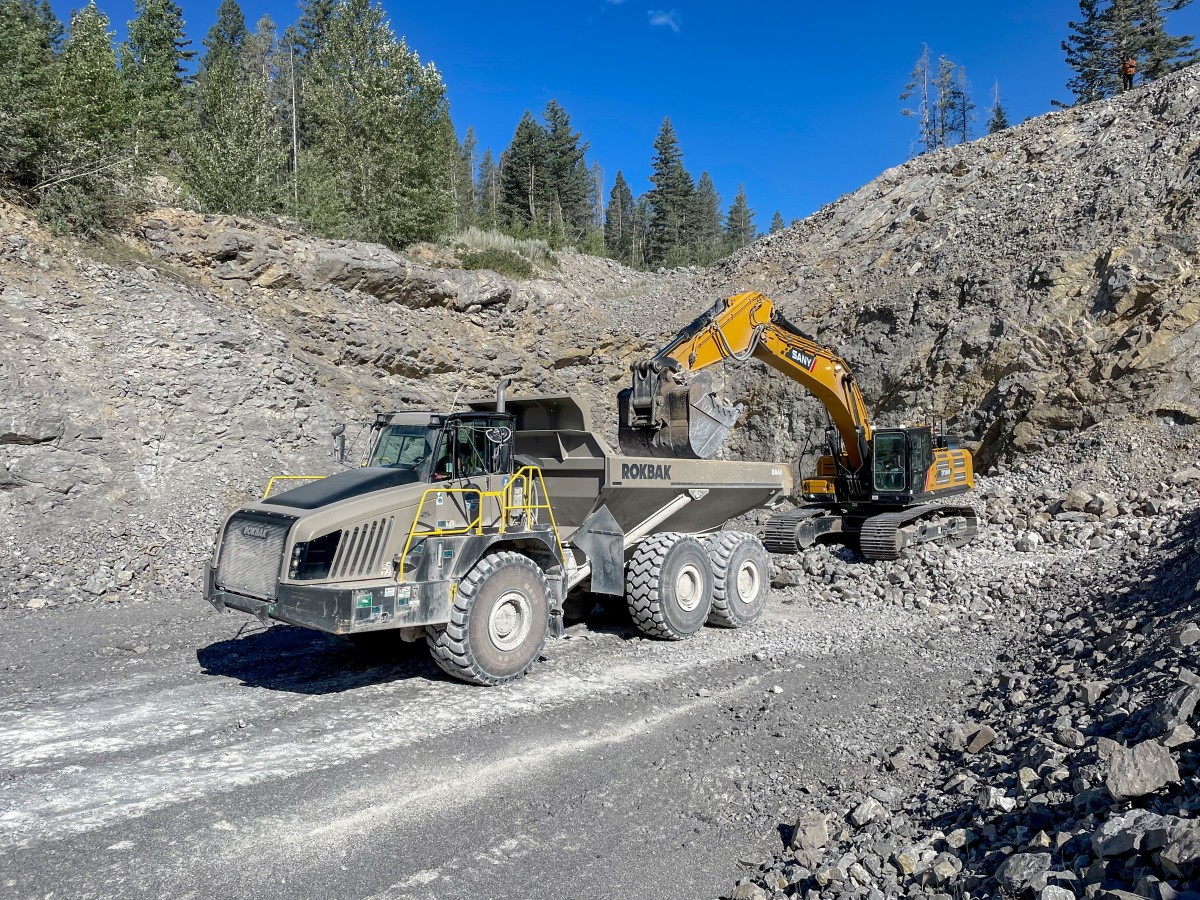
Lifting
25/09/2023
Rokbak RA40s rocking the Rockies
Jura Creek Enterprises has purchased three Rokbak RA40 artic...

Lifting
31/07/2023
Three WOLFF cranes build a new department store on the "Mahü"
Austrian contractor Habau Hoch- und Tiefbaugesellschaft m.b....
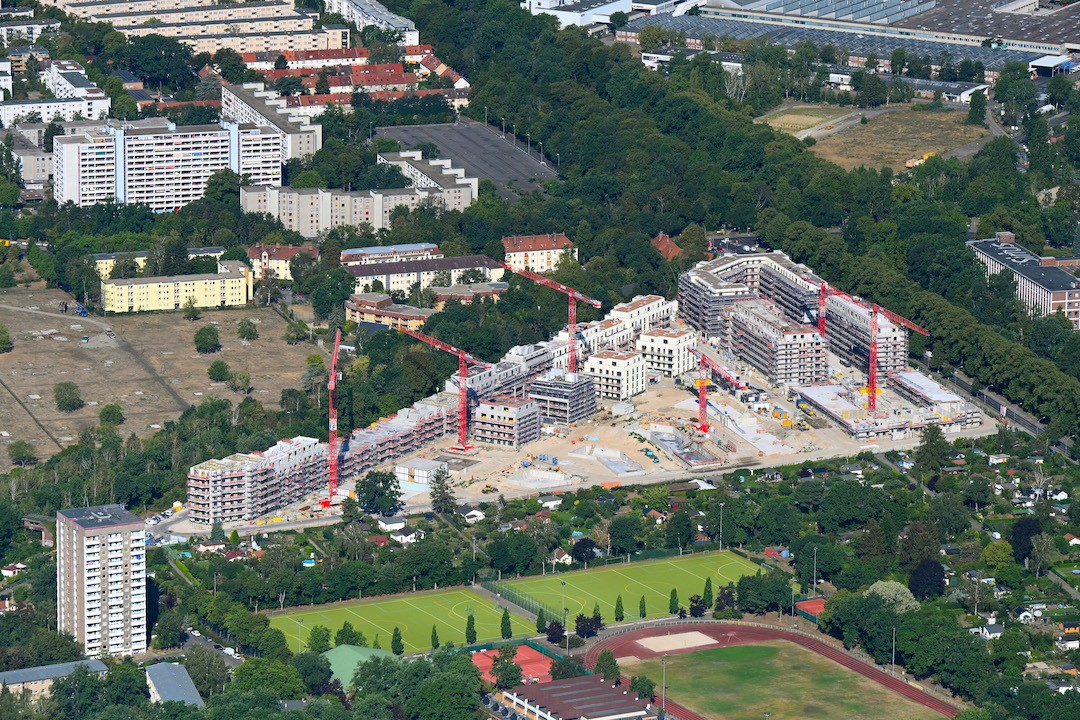
Lifting
21/12/2022
WOLFF pack builds the "Halske Sonnengärten" residential quarter
The flat-tops included three WOLFF 7032.12 Clear with 12 ton...
Altri International
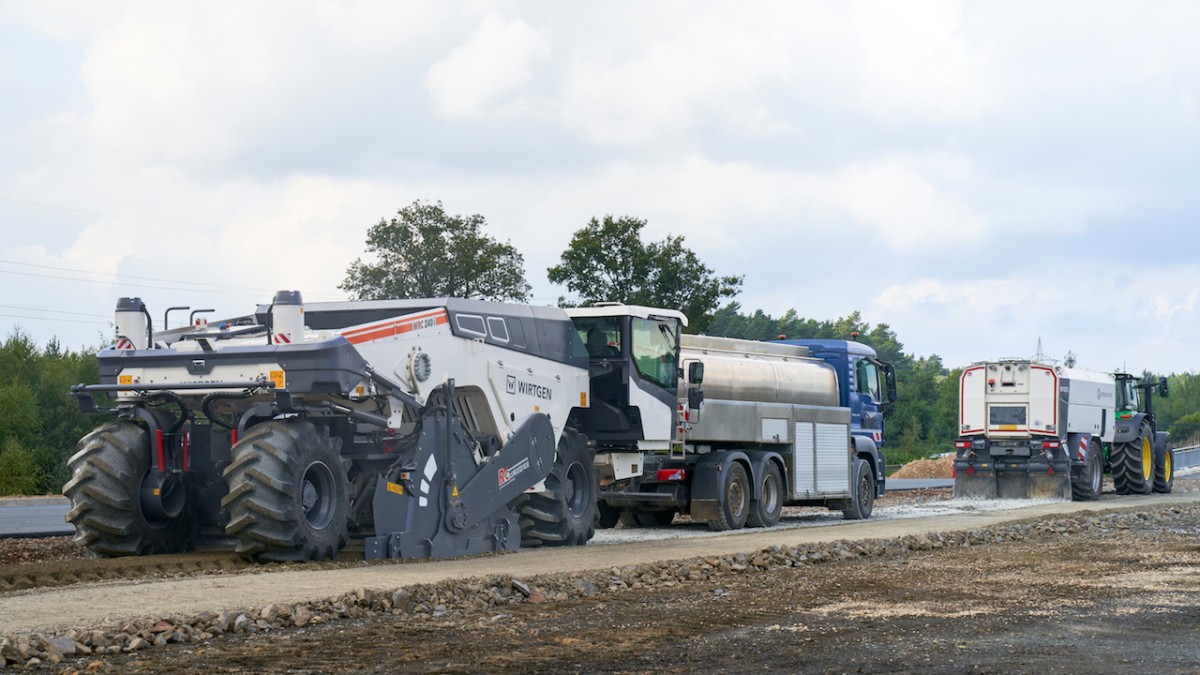
International
29/04/2024
Wirtgen's global market launch: Rock Crusher WRC 240(i)
Rock Crusher WRC 240(i) is the new Wirtgen's specialist for...

International
29/04/2024
JCB updates X Series excavators with the launch of JCB UX
JCB has updated the interior of the X Series excavator opera...

International
26/04/2024
Digitalisation and sustainability at the Wirtgen Group's "Technology Days"
Digitalisation and sustainability were the focal points of t...

International
26/04/2024
SVAB launches the successor to the popoular joystick Grip L8
At this year’s edition of Intermat in Paris on April 24-27,...
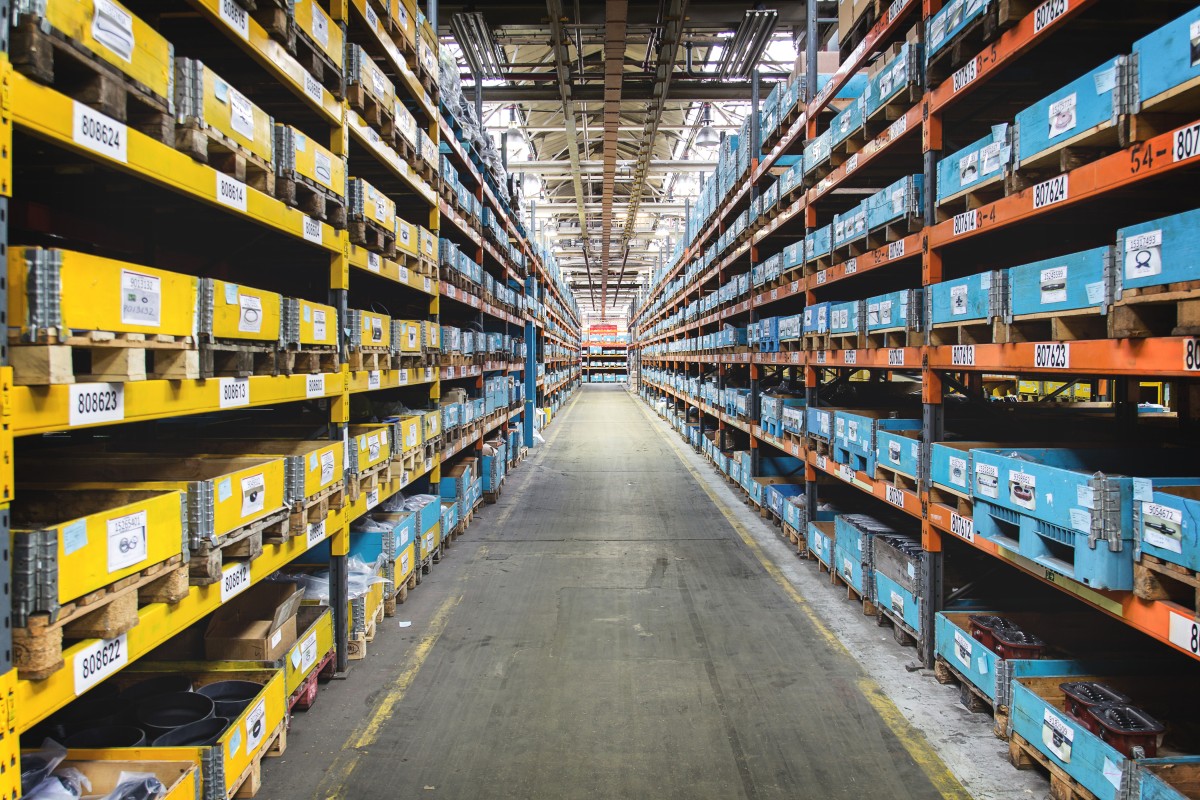
International
25/04/2024
Genuine parts ensure articulated hauler quality and uptime
The importance of good quality, reliable parts when maintain...
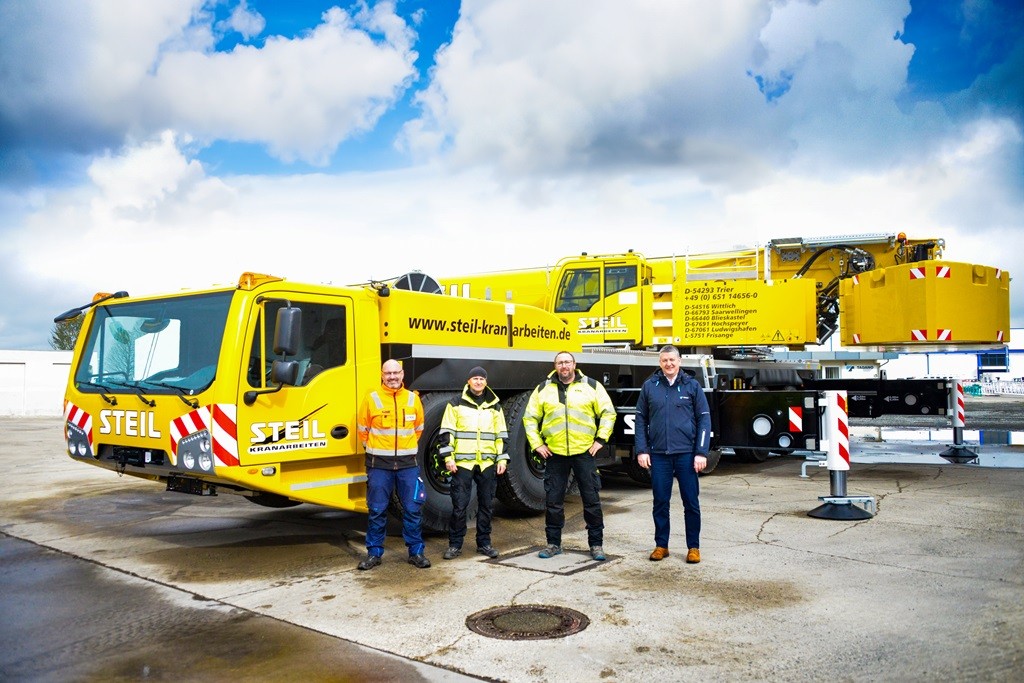
International
25/04/2024
Steil takes delivery of new Tadano AC 6.300-1 all terrain crane
Steil takes delivery of new Tadano AC 6.300-1 all terrain cr...












